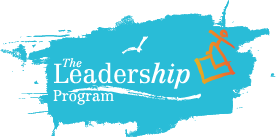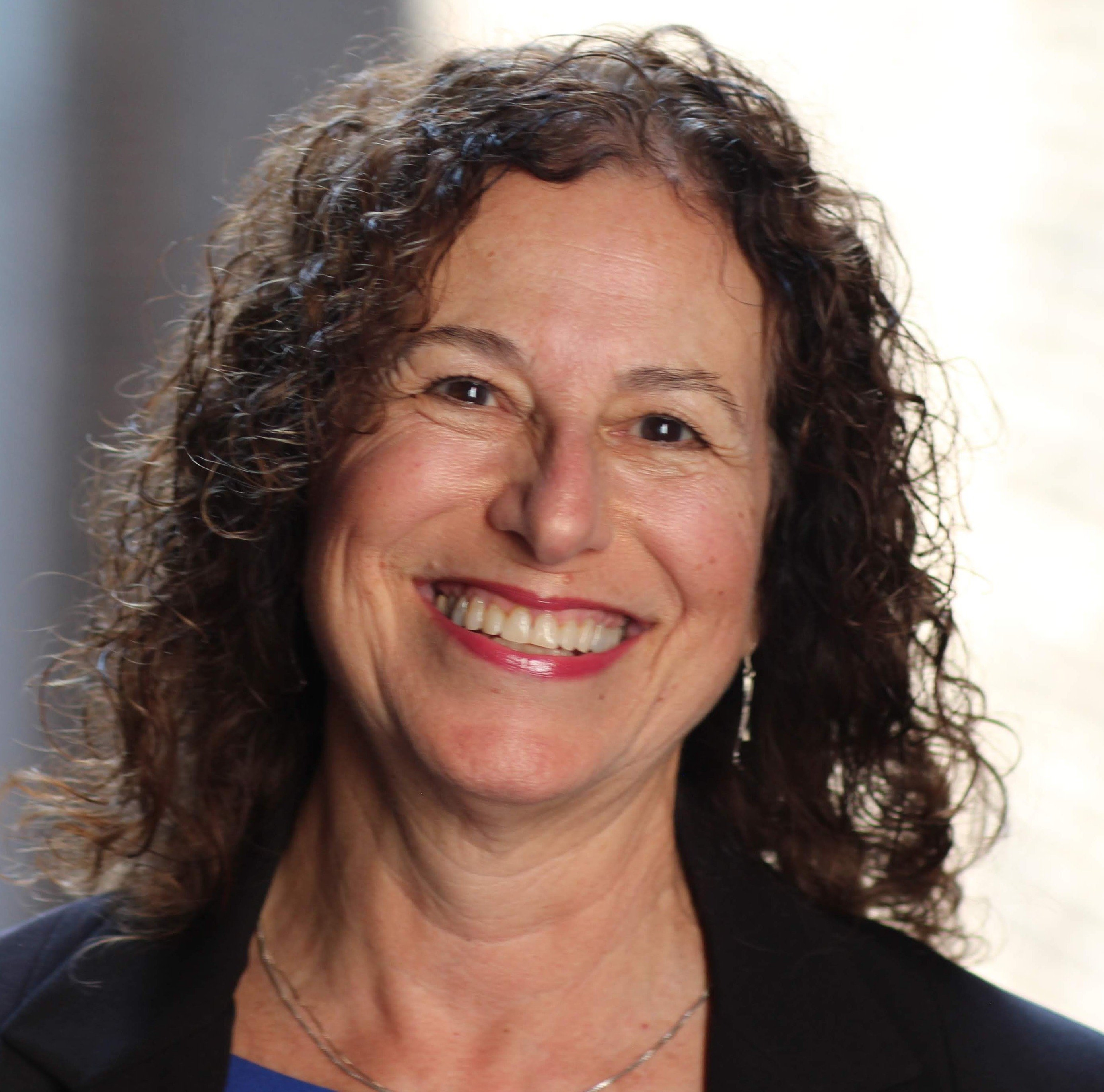Sustainability is one of the primary factors school administrators take into account when choosing new programs, especially Social and Emotional Learning (SEL) programs, and rightly so. Whether a program is to be facilitated by staff from an outside organization or whether the teachers themselves will be trained to implement lessons, teacher participation in training and co-facilitation tops the list in making a program sustainable.
Here are a few reasons why:
The medium is the message.
As mentioned in a previous Leadership newsletter article, teacher participation sends strong messages to students. It says this is valuable and worthwhile. It showcases adults who are willing to learn and to try something new. It gets students' attention, engaging them more deeply in activities and giving teachers important information about student interests, needs, cultural identities, and influences.
It’s all about the relationships.
Full teacher participation in SEL activities demonstrates caring and an interest in their students’ lives, and provides an opportunity for teachers and students to build stronger relationships. As these two cohorts participate together and learn more about each other, teachers can find cues to what will make their teaching more relevant to their students; students seeing their teachers in a ‘human’ context begin to feel they are more trusted members of the school family. These constructive relationships extend into the dynamics of academic instruction, where students from elementary school through high school respond powerfully to feelings that teachers like or dislike them, regardless of whether those feelings are based in fact or not. Youth are consistently shown to thrive in school when relationships with teachers are positive and supportive.
Practice makes perfect.
We know that the best way for students to learn how to do something is to do it, and do it again and again, until it becomes second nature. Like learning to swim, we may at first be excited and jump right in, or prefer to ease into the water starting with our toes and slowly inch our way before we're willing to let go and paddle off. Either way we need coaching and plenty of practice to become proficient. This is equally true for teachers, who need coaching and practice as well when they dive into SEL waters, which can run deep with students. Training, modeling, and regular repetition help teachers become adept at responding to the perspectives and emotions that students share.
Classroom culture changes.
Truly sustainable programs become part of classroom and school culture. When teachers learn techniques and strategies during SEL program activities and they experience how effective these approaches can be, they are more likely to incorporate them into their own practice. As these strategies become more firmly part of a teacher’s methodology, they become infused throughout his or her academic teaching as well, and transform classroom culture in a way that would not have been possible without teacher participation. What could be more sustainable than that?


Comments [0]
Click here to read/write comments